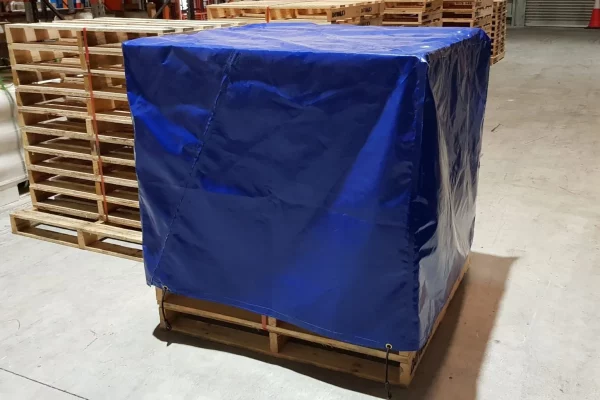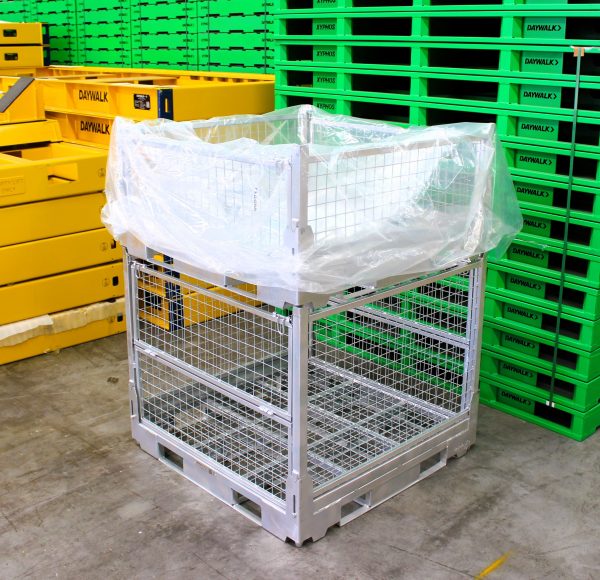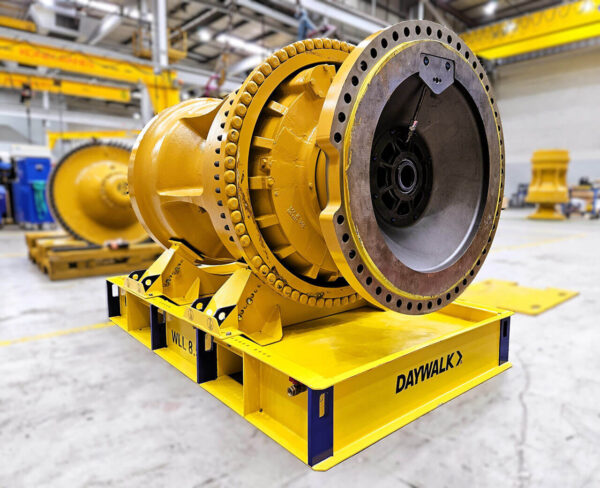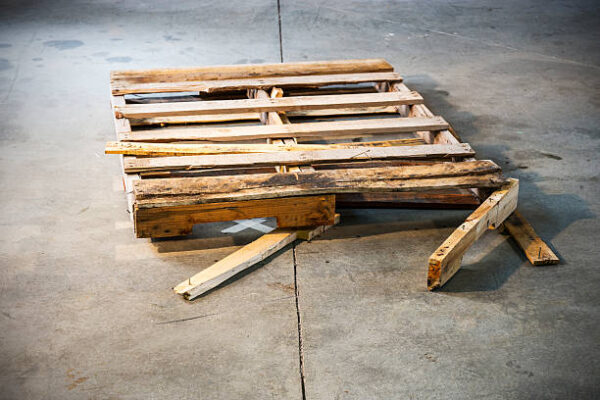Pallets are a useful tool that is used in many places, like supermarkets, factories, and warehouses. They’re ubiquitous enough that they can be found easily, and they are as versatile as they are easily found. Pallets make for sturdy foundations for goods shipping, and are especially compatible with forklifts, making the pallet a highly practical tool for the shipment and transport.
To summarise – the pallet is a useful tool for handling the logistics of a supply chain. The challenge is – using the right pallet for the application.
So what are pallets, exactly? What makes them so useful?
The pallet was initially a wooden frame composed of top and bottom leaderboards, and centre support boards, as well as sturdy bearers which run at 90 degrees to the leaderboards. The design of the pallet is so that it can be used with a jack or a forklift. The invention of the modern pallet is tied with the device of the forklift – the first gas-powered forklift first appeared in 1937, and the contemporary pallet came along soon after for easier lifting of goods. They were crucial to the war efforts during World War II, assisting in the supply chain process for shipping arms and other products to the war fronts.
With regard to the modern wooden pallets, two builds are commonly manufactured: the block pallet and the stringer pallet. The block pallet is becoming more popular than the stringer pallet due to being more accessible to manage with a forklift; the stringer pallet can only be used with a forklift from two sides, while the block pallet can be used with a forklift on all four sides.
While the wooden pallet is a common icon of supply chains, development in Safer Storage and Chain of Responsibility legislation means industry is calling for stronger, more durable options.
A range of Rated Steel pallets are used when for heavy gear between 1 and 10T, and provide an economical in-stock alternative to custom transport frames. At the same time, due to having welded rated mesh top and rated lashing lugs, it provides a much more compliant option than a timber pallet.
Plastic on the other hand, has extreme durability in long term storage, offering a dynamic load of 2T and heavy duty construction The new types of pallets further give more versatility, because they can be used to pack, store, and transport more types of goods that couldn’t be packaged on wooden pallets.
The pallet may have a simple design, but this simple design makes it possible to store goods more efficiently. It can be moved around using a forklift, which in turn allows goods to be stored cleanly on shelves without being unpacked off the pallet. This process limits the tampering or theft of goods because the packaging the products are shipped in remains intact until the goods are ready for client distribution.
On top of the versatility of the pallet, it can also be accessorised. Tools like pallet collars, pallet jacks, and pallet cages further raise the functionality of the pallet. These tools add value to the pallet, giving it additional support and security when used in the warehouse.
There are many uses for pallets outside of its functions as part of warehouse logistics, as well. Pallets can be recycled for construction or other purposes, or transformed into furniture or arts and crafts.
Pallets are an excellent tool that can be used in and out of a warehouse. Invest in pallets for your business today.





